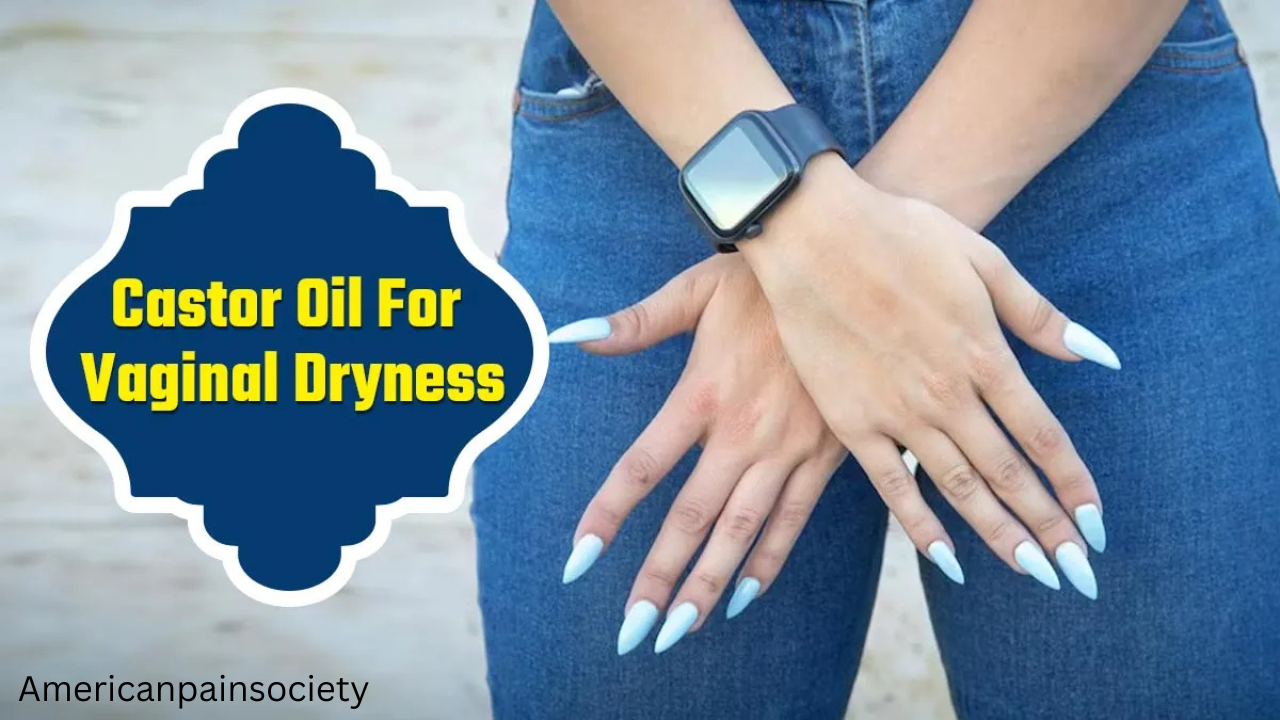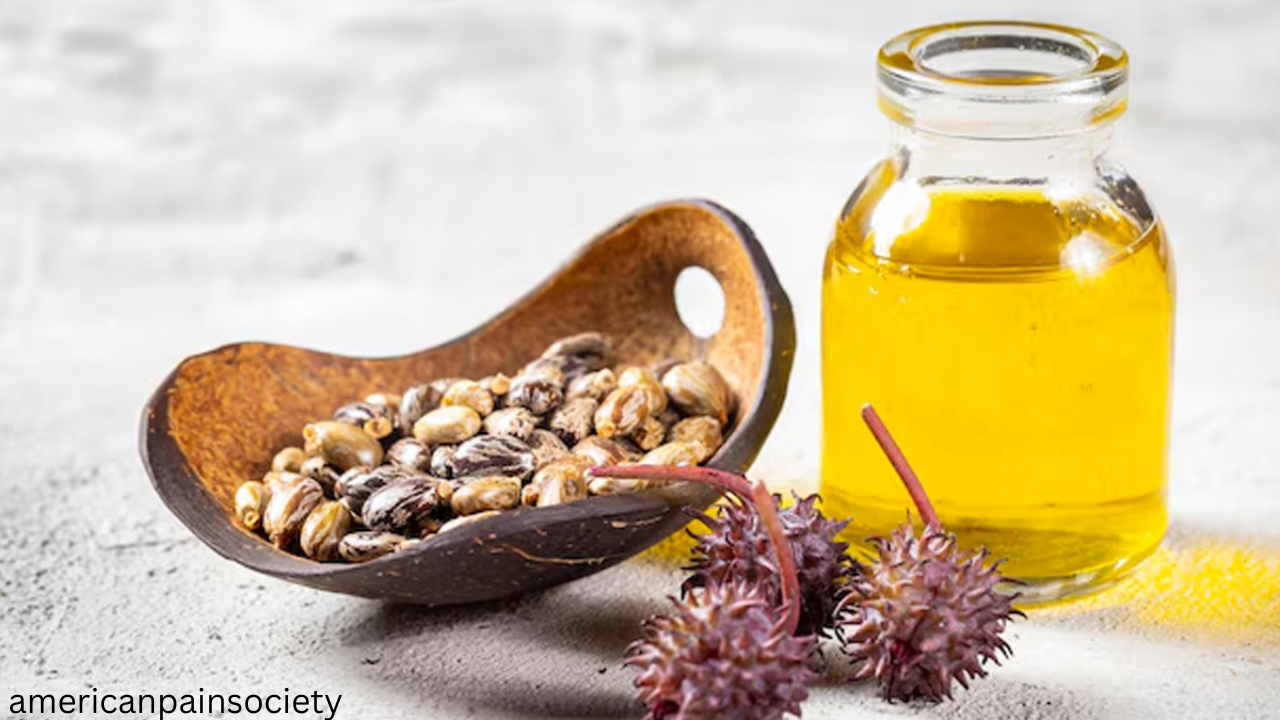Dryness of the vagina is a common condition found in women that primarily brings discomfort in everyday activities and sexual intercourse.

Dryness of the vagina is often caused by various reasons, including hormonal imbalance, stress, certain medications, and the natural aging process. Fortunately, natural remedies like castor oil are a mild approach compared to chemicals.
What is Vaginal Dryness?
Dryness of the vagina is a reduction in the natural lubrication of vaginal walls, resulting in irritation, itching, and pain during sex. The causes of this include:
- Hormonal imbalances (e.g., menopause, lactation)
- Drugs (such as antihistamines or antidepressants)
- Stress and anxiety levels
- Estrogen levels vary with age
Benefit of Castor Oil in Vaginal Dryness
Castor oil, derived from the seeds of the castor plant, has been utilized for its medicinal properties. Topical application offers some benefits in the management of vaginal dryness:
Natural Moisturizer: Castor oil is an excellent occlusive moisturizer that forms a barrier that traps the moisture and excludes dryness. This provides long-term moisture to the vaginal region, reducing dryness pain.
Natural Moisturizer: Castor oil is an excellent occlusive moisturizer that forms a barrier that traps the moisture and excludes dryness. This provides long-term moisture to the vaginal region, reducing dryness pain.
Healing and Relaxation Effects of Castor Oil: The relaxing and anti-inflammatory properties of castor oil are capable of soothing the inflammation usually associated with vaginal dryness. For women suffering from pain or discomfort, particularly during intercourse, castor oil will heal the pain and accelerate healing of traumatized tissues.
Supports Hormonal Balance: Castor oil has been traditionally used to support hormonal balance in the body, particularly in women. Castor oil can be used to support the lymphatic system’s functionality and detoxify and support hormone regulation. As hormonal imbalance is one of the primary causes of vaginal dryness, keeping the body in hormonal balance could be the remedy for the condition.
Improved Blood Circulation: Castor oil’s active fatty acid ingredient, ricinoleic acid, is reported to improve circulation. Improved blood circulation ensures the supply of vital nutrients and oxygenation of vaginal tissues, and hence they become healthy and elastic. Healthy and well-nourished vaginal tissues are less likely to get inflamed and dry.
How to Use Castor Oil for Vaginal Dryness

It is extremely easy to incorporate castor oil into your skin care. Here are a few tips:
External Application
Massage a small quantity of good-quality cold-pressed castor oil gently onto the vulva and outer vagina. This will soothe and lubricate dryness and irritation. Use sparingly with clean hands and do not rub.
Castor Oil Pack Soak a clean cloth or cotton pad in castor oil and apply it to your pelvis or lower abdomen. Cover it with plastic wrap and rest for 30 minutes to an hour. It is designed to relax, stimulate circulation, and allow the oil to penetrate deeper into the tissue.
Castor Oil Bath
Take a warm bath and add 5 to 10 drops of castor oil. Soak 15 to 20 minutes. This may hydrate and calm the entire body, including down there.
As a Lubricant
For quick relief:
Castor oil can be used as a lubricant. Due to its thick consistency, it will lubricate for several hours and prevent friction that would trigger extra dryness or irritation.
Precautions and Considerations
Patch Test: Conduct a patch test prior to final application to test whether there is any allergy.
Consult a Doctor: If you are experiencing recurring vaginal dryness, it is always best to consult a doctor to rule out any medical condition, such as vaginal infection, that must be treated by a physician.
Use in Moderation: While being natural, too much use can at times prove irritating.
Do Not Use Internally Without Medical Supervision: Use of cast oil inside the vagina should be done with care and under the guidance of a physician since it can disturb the body’s natural pH level and cause infection.
Other Coping Mechanisms for Vaginal Dryness Stay Hydrated: Proper water intake is what keeps the whole body, including vaginal tissue, hydrated. Use Mild, Fragrance-Free Products: Use mild, fragrance-free products and avoid douches because they can disrupt the normal bacterial balance of the vagina.
Eat a Healthy Diet: A healthy diet full of vitamins and minerals keeps overall health, and thus vaginal health, intact.
Regular Exercise: Regular exercise can physically increase circulation and hormone balance, both of which enhance vaginal health. Castor oil as a supplement to your regimen, apart from these habits, can naturally heal vaginal dryness. Refer to cold-pressed, high-quality castor oil, and consult a healthcare professional in case of doubts or symptoms persist.
Disclaimer
This article is intended for general informational purposes only. If you’re experiencing any health concerns, we strongly recommend consulting a healthcare professional to prevent any potential complications.
